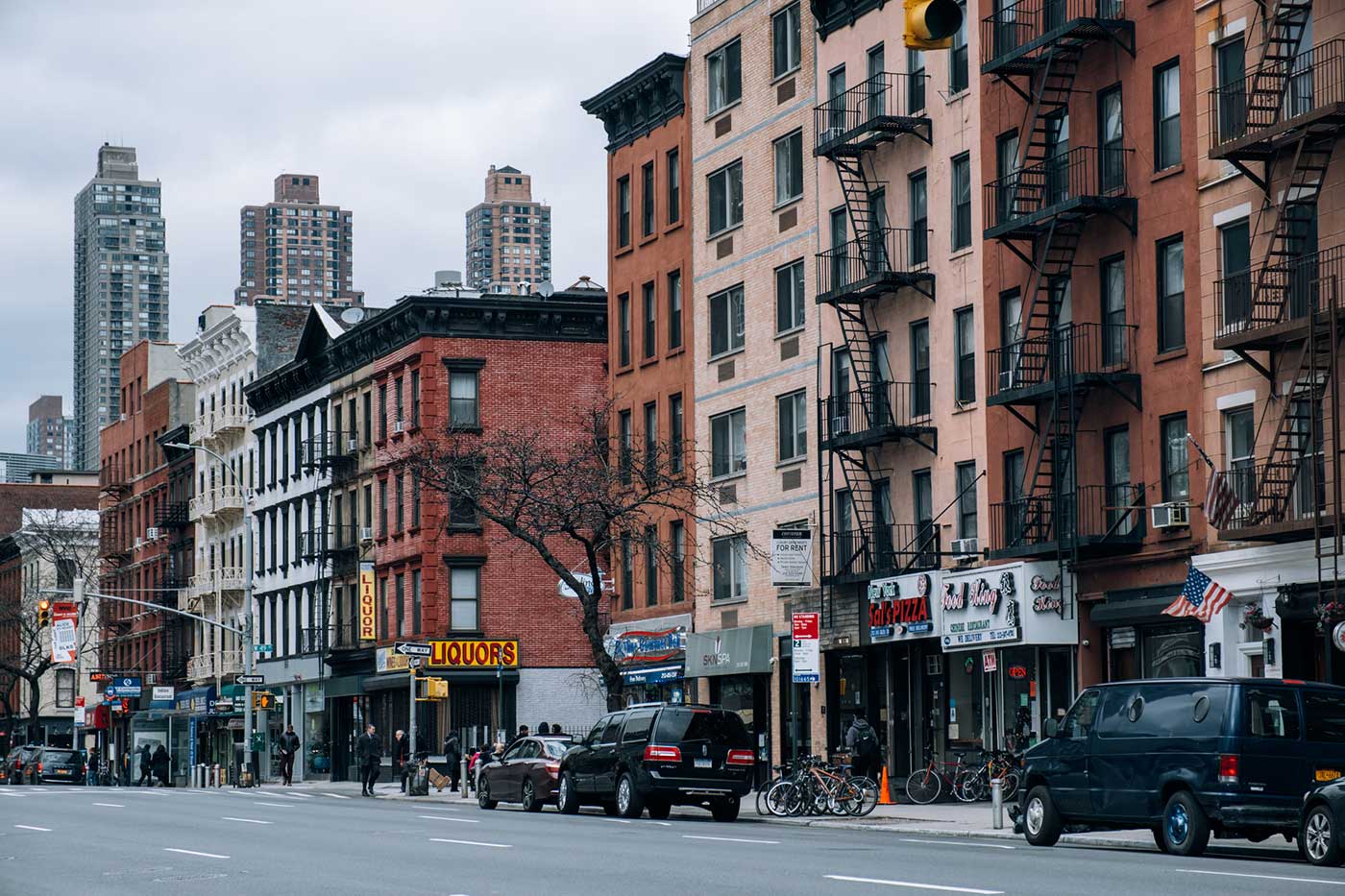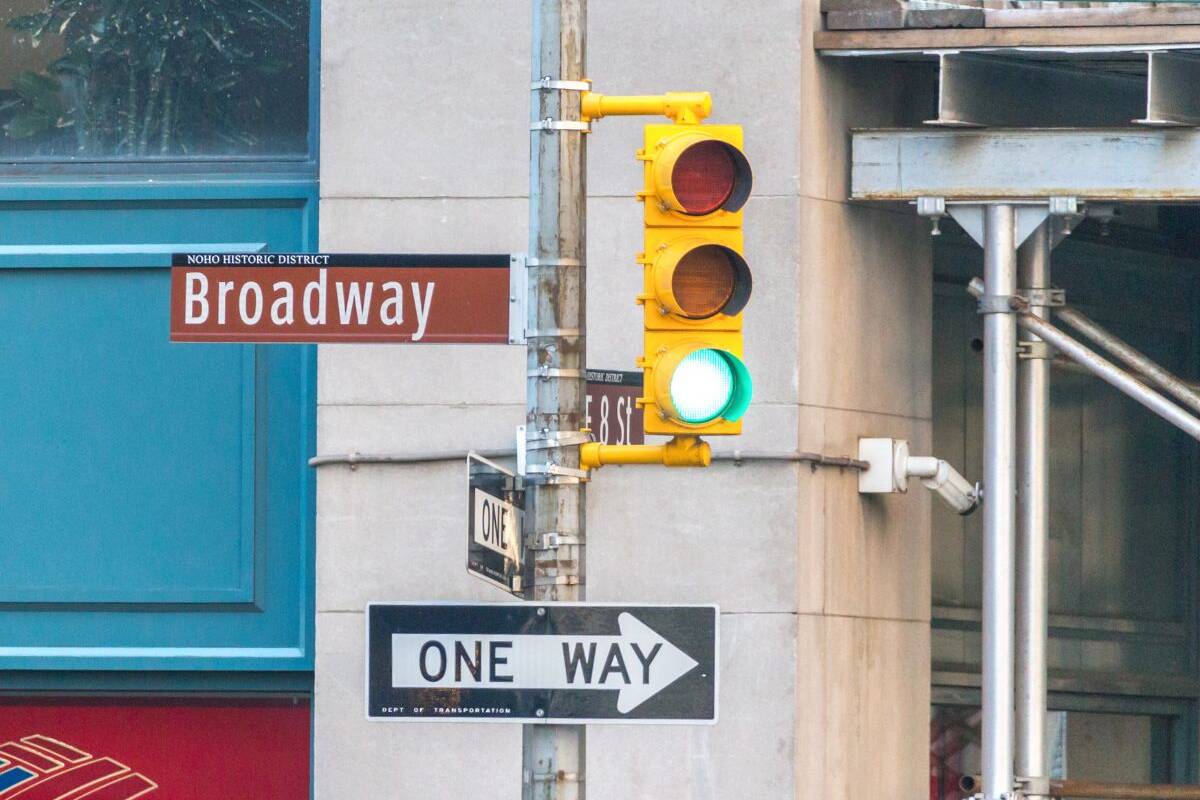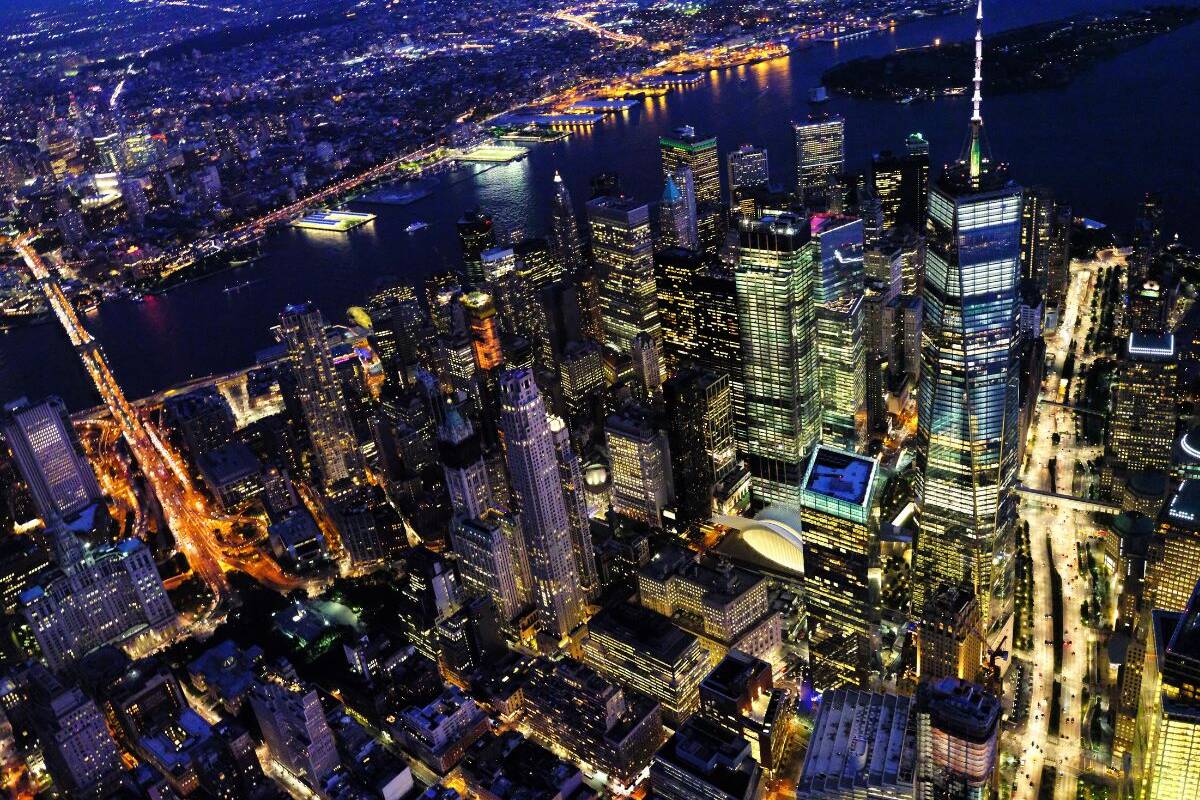Table of Contents
Introduction
Imagine standing in the middle of Midtown Manhattan, surrounded by towering skyscrapers and the incessant hum of city life. Amidst the chaos, you find yourself drawn to a majestic Beaux-Arts building that seems to anchor the entire neighborhood. This is Grand Central Terminal, a testament to New York City’s rich history and a masterpiece of grandeur.
Grand Central Terminal, often referred to as Grand Central Station, is more than just a transportation hub. It’s a symbol of the city’s resilience, an architectural marvel, and a treasure trove of stories waiting to be discovered. Located at 42nd Street and Park Avenue, this iconic terminal serves as a gateway to the city, welcoming over 750,000 visitors daily and 21.6 million tourists annually (excluding train and subway passengers).
History
Predecessors
Before we delve into the magnificence of Grand Central Terminal, let’s take a step back in time. The story begins with its predecessors: Grand Central Depot (1871) and Grand Central Station (1900-1910). These earlier incarnations laid the foundation for the terminal we know and love today.
Construction of Grand Central Terminal (1903-1913)
In 1903, the New York Central Railroad embarked on an ambitious project to construct a new terminal that would revolutionize rail travel. The result? A colossal undertaking that spanned a decade, involved the demolition of over 100 buildings, and cost a staggering $180 million (equivalent to over $4.8 billion today). The new Grand Central Terminal, designed by the architectural firms Reed and Stem and Warren and Wetmore, opened its doors to the public on February 2, 1913.
Heyday and Decline (1920s-1970s)
Grand Central Terminal thrived during its early years, serving as a vital transportation hub and a symbol of New York City’s prosperity. However, the rise of automobile travel and the decline of long-distance rail travel in the mid-20th century took their toll. By the 1970s, the terminal had fallen into disrepair, and there were even proposals to demolish it and replace it with a skyscraper.
Preservation and Restoration (1970s-1990s)
But the people of New York City wouldn’t let this architectural gem fade away. In 1967, Grand Central Terminal was designated a New York City Landmark, and in 1976, it was added to the National Register of Historic Places. A massive restoration project began in the 1990s, aiming to restore the terminal to its former glory. The project, which cost over $425 million, was completed in 1998, just in time for the terminal’s 85th anniversary.
Recent Developments and Future Plans (2000s-present)
Since the restoration, Grand Central Terminal has continued to evolve and adapt to the needs of the 21st century. In recent years, the terminal has seen the addition of new dining options, retail spaces, and even a luxury hotel. The East Side Access project, slated for completion in December 2022, will bring Long Island Rail Road service to Grand Central, further cementing its status as a transportation powerhouse.
Architecture and Design
Beaux-Arts Style
Grand Central Terminal is a masterpiece of Beaux-Arts architecture, a style that emphasizes grandeur, symmetry, and classical details. The terminal’s facade features a triumphal arch flanked by Corinthian columns, while the interior boasts a soaring 125-foot ceiling adorned with a celestial mural.
Exterior Features
As you approach Grand Central Terminal, you’re greeted by a stunning facade that features a 13-foot-wide Tiffany clock, flanked by the sculptures of Minerva, Hercules, and Mercury. The terminal’s south facade is adorned with an ornate sculptural group called “Glory of Commerce,” which depicts the Roman gods with representations of industry, agriculture, and commerce.
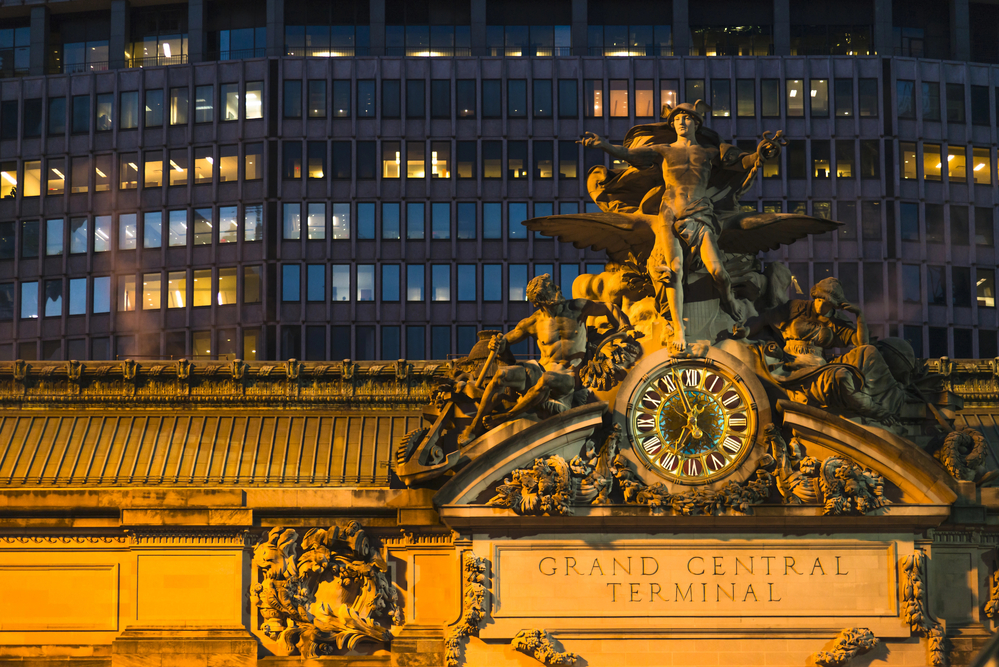
Interior Features: Main Concourse
The heart of Grand Central Terminal is the Main Concourse, a cavernous space that measures 275 feet long, 120 feet wide, and 125 feet high. The concourse’s most striking feature is its celestial ceiling, which depicts a Mediterranean sky with 2,500 stars, 60 of which are illuminated by LED lights. The ceiling is also adorned with a mural of the zodiac, painted in gold leaf.
At the center of the concourse stands the iconic four-faced opal clock, a beloved meeting spot for generations of New Yorkers. The clock, which is estimated to be worth between $10 million and $20 million, is a testament to the terminal’s enduring elegance.
Vanderbilt Hall
Named after the Vanderbilt family, who were instrumental in the development of Grand Central Terminal, Vanderbilt Hall is a stunning 12,500-square-foot event space that once served as the terminal’s main waiting room. Today, the hall hosts a variety of events, from concerts and exhibitions to private parties and weddings.
Biltmore Room
The Biltmore Room, named after the now-demolished Biltmore Hotel, is a stunning example of Grand Central Terminal’s hidden gems. This elegant space, which once served as a waiting room for first-class passengers, features a soaring ceiling adorned with gilded plasterwork and a beautiful marble floor.
Campbell Apartment
Once the private office and salon of 1920s tycoon John W. Campbell, the Campbell Apartment is now a luxurious cocktail bar that transports visitors back to the golden age of rail travel. The space features 25-foot ceilings, a massive stone fireplace, and original leaded glass windows.
Dining Concourse
Grand Central Terminal is a food lover’s paradise, with a wide variety of dining options ranging from fast-casual to fine dining. The heart of the terminal’s culinary scene is the Dining Concourse, where everything from classic New York City delis to international cuisine can be found.
Grand Central Market
For a taste of local flavor, head to the Grand Central Market, a bustling marketplace that features over a dozen vendors selling everything from fresh produce and artisanal cheeses to baked goods and specialty foods. Don’t miss the chance to sample some of New York City’s finest culinary creations!
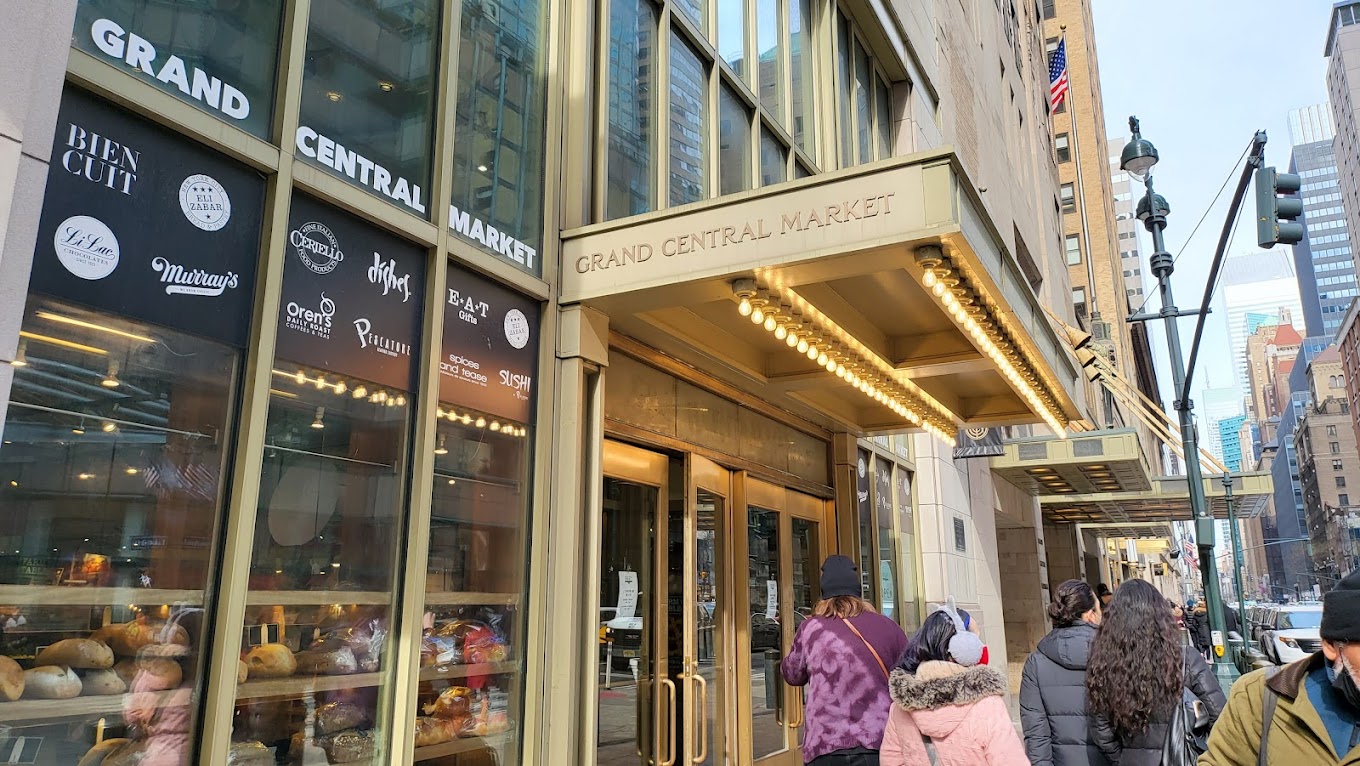
Innovations in Design and Passenger Flow
Grand Central Terminal was designed with passenger flow in mind, featuring ramps and tunnels that allow travelers to move seamlessly between the terminal’s various levels. The terminal’s famous “whispering gallery,” located near the Oyster Bar, is a prime example of the building’s innovative design. The gallery’s unique acoustics allow whispers from one corner to be heard clearly in the opposite corner, creating a delightful and surprising experience for visitors.
Transportation and Infrastructure
Metro-North Railroad Services
Grand Central Terminal is the hub of the Metro-North Railroad, which serves over 280,000 daily passengers across three main lines: the Hudson Line, the Harlem Line, and the New Haven Line. These lines connect New York City to the northern suburbs of Westchester County, Putnam County, and Connecticut.
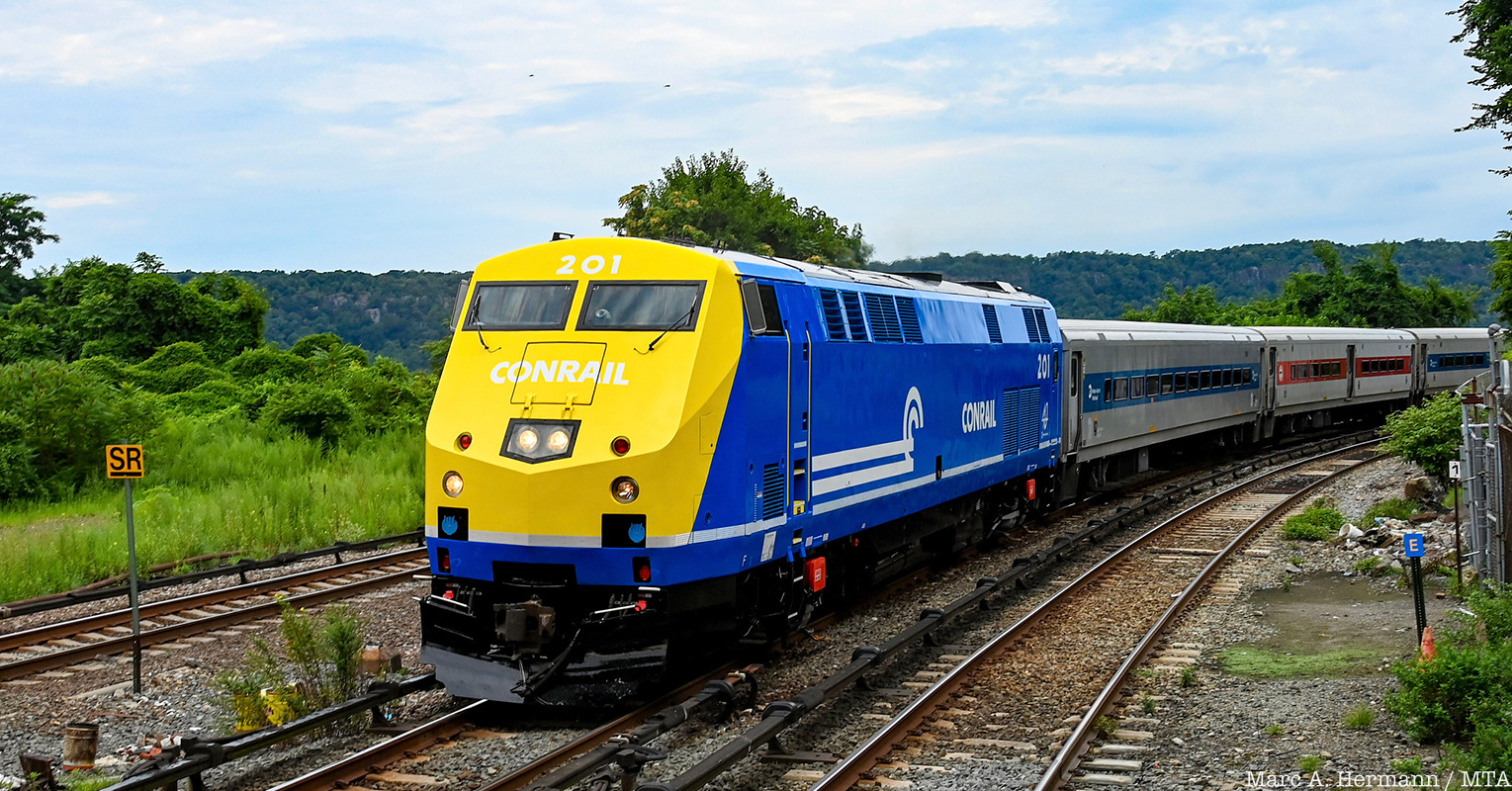
Connecting Services
In addition to the Metro-North Railroad, Grand Central Terminal is also served by the New York City Subway, with connections to the 4, 5, 6, 7, and S trains. The terminal is also home to the Grand Central Madison, a brand new concourse that will serve the Long Island Rail Road (LIRR) as part of the East Side Access project. This project will bring LIRR service to the East Side of Manhattan for the first time, providing a more convenient commute for Long Island residents.
Tracks and Platforms
Grand Central Terminal boasts an impressive 67 tracks and 44 platforms, making it the largest train station in the world by number of platforms. The terminal’s tracks are spread across two underground levels, with 41 tracks on the upper level and 26 on the lower level.
Grand Central North
Grand Central North is a series of underground passages and stairways that connect Grand Central Terminal to points north, including 47th, 48th, and 50th Streets. These passages offer a convenient way for commuters to access the terminal from the surrounding neighborhood, bypassing the busy Main Concourse.
Iconic Status and Cultural Significance
Appearances in Popular Culture
Grand Central Terminal has captured the imagination of filmmakers, writers, and artists for generations. The terminal has been featured in countless movies and TV shows, from Alfred Hitchcock’s “North by Northwest” to the hit series “Gossip Girl.” The terminal’s iconic status has made it a symbol of New York City and a must-see destination for visitors from around the world.
Landmark Status and Preservation Efforts
In 1967, Grand Central Terminal was designated a New York City Landmark, and in 1976, it was added to the National Register of Historic Places. These designations helped to protect the terminal from demolition and paved the way for its restoration in the 1990s. Today, the terminal stands as a testament to the power of historic preservation and the importance of protecting our architectural heritage.
Tourism and Visitor Attractions
Grand Central Terminal is one of the most popular tourist destinations in New York City, with over 21 million visitors each year. The terminal offers guided tours that take visitors behind the scenes and explore the building’s history and architecture. Visitors can also enjoy a variety of shopping and dining options, from luxury retailers to local food vendors.
Surrounding Neighborhood: Terminal City
Development of Terminal City
The construction of Grand Central Terminal in the early 20th century spurred the development of the surrounding neighborhood, known as Terminal City. This area, which stretches from 42nd to 51st Streets between Madison and Lexington Avenues, became a hub of commercial and residential development, with hotels, office buildings, and luxury apartments springing up in the shadow of the terminal.
Notable Buildings and Structures
Some of the most iconic buildings in New York City are located in Terminal City, including the Chrysler Building, the Helmsley Building, and the Waldorf Astoria Hotel. These buildings, many of which were designed in the same Beaux-Arts style as the terminal, form a stunning architectural ensemble that defines the skyline of Midtown Manhattan.
Grand Central Partnership and Business Improvement District
The Grand Central Partnership is a non-profit organization that works to promote and enhance the Grand Central neighborhood. The partnership operates a Business Improvement District (BID) that provides supplemental services, including security, sanitation, and marketing, to the area surrounding the terminal. The BID also works to attract new businesses and investment to the neighborhood, helping to ensure its continued vitality and success.
Art and Events
Permanent Art Installations
Grand Central Terminal is home to a stunning collection of permanent art installations, including the iconic celestial ceiling mural in the Main Concourse and the sculptural group “Glory of Commerce” on the terminal’s south facade. The terminal also features a series of bronze and stone medallions that depict the signs of the zodiac, as well as a variety of other decorative elements that showcase the terminal’s rich artistic heritage.
Temporary Exhibitions and Displays
In addition to its permanent art collection, Grand Central Terminal also hosts a variety of temporary exhibitions and displays throughout the year. These exhibits, which range from photography and sculpture to interactive installations and digital art, showcase the work of local and international artists and provide a unique and ever-changing visual experience for visitors.
Special Events and Performances
Grand Central Terminal is also a popular venue for special events and performances, from concerts and dance performances to holiday celebrations and cultural festivals. The terminal’s stunning architecture and central location make it an ideal setting for a wide range of events, drawing visitors from across the city and beyond.
Shops, Dining, and Amenities
Retail Shops and Boutiques
Grand Central Terminal is home to a wide variety of retail shops and boutiques, from luxury brands to local artisans. Visitors can browse everything from high-end fashion and accessories to unique gifts and souvenirs, all while taking in the terminal’s stunning architecture and vibrant atmosphere.
Restaurants and Dining Options
Grand Central Terminal is a food lover’s paradise, with a wide variety of dining options to suit every taste and budget. From casual cafes and fast-food chains to high-end restaurants and specialty food shops, the terminal offers something for everyone. One notable restaurant located near Grand Central Terminal is Sesamo, a hip Italian spot offering delicious pizza, paninis, and fresh pasta made daily.
Other Amenities
In addition to its shopping and dining options, Grand Central Terminal also offers a variety of other amenities for travelers and visitors. These include a full-service transit police station, a lost and found office, and a variety of passenger services, such as ticketing and information desks.
Conclusion
Grand Central Terminal is more than just a transportation hub – it’s a symbol of New York City’s rich history, architectural heritage, and vibrant cultural scene. From its stunning Beaux-Arts design to its innovative passenger flow and diverse array of shops and restaurants, the terminal offers something for everyone. Whether you’re a commuter rushing to catch a train or a tourist exploring the city for the first time, Grand Central Terminal is a must-see destination that captures the heart and soul of New York City.
As we’ve seen, the terminal has undergone a remarkable transformation over the past century, from its early days as a hub of long-distance rail travel to its current status as a beloved landmark and cultural icon. Through decades of change and challenges, Grand Central Terminal has remained a constant presence in the life of the city, adapting and evolving to meet the needs of each new generation.
The next time you find yourself in the heart of Midtown Manhattan, take a moment to step inside Grand Central Terminal and experience the magic for yourself. Whether you’re admiring the stars on the celestial ceiling, browsing the shops and restaurants, or simply taking in the hustle and bustle of the Main Concourse, you’ll be part of a legacy that stretches back more than a century – and a tradition that will continue to shape the city for generations to come.


